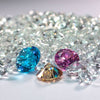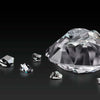
What is Costume Jewelry: Defining Affordable Fashion Accessories
Costume jewelry, also known as fashion jewelry, is an accessory category that offers wearers an affordable way to express their personal style and keep up with the latest trends. Unlike fine jewelry, which is made with precious metals and gemstones, costume jewelry is crafted from less expensive materials. The focus is on design and fashion rather than intrinsic material value, making it an ideal choice for those looking to add a touch of style to their outfits without a significant financial investment.
My appreciation for costume jewelry stems from its ability to elevate a look with a wide variety of styles, colors, and designs. It serves not only as an adornment but also as a form of self-expression. The adaptability of costume jewelry makes it perfect for experimenting with new trends or complementing a fashionable outfit for any occasion.
The history of costume jewelry is rich and varied, reflecting the changing fashions and societal trends through the decades. It has evolved from simply imitating fine jewelry to becoming its own diverse and innovative form of artistic expression. As a fashion enthusiast, I value the way costume jewelry allows individuals to express their unique style and personality without breaking the bank.
History and Evolution
In this section, I explore the significant milestones in the development of costume jewelry, from its inception to its rise as a staple in fashion and Hollywood.
Origins and Early Use
My investigation into costume jewelry dates back nearly 300 years, with the 18th century marking the era when these adornments started to gain popularity. Jewelers would create less expensive pieces designed to match and accentuate the fashion of the time. The early 20th century witnessed costume jewelry's transformation into a mass-produced, widely accessible form thanks to advancements in machining and metalworking.
- 1920s: The Art Deco movement heralded geometric and streamlined designs that echoed in costume jewelry, making it a fixture of the times.
Iconic Brands and Designers
Certain brands and designers have left an indelible mark on the evolution of costume jewelry:
- Chanel: Introduced in the 1920s, Chanel's costume jewelry blended luxury with affordability, creating pieces featuring bold, simplistic designs that became instant classics.
- Monet: Established in the 1930s, Monet was known for its high-quality gold and silver plating and its adaptation of fine jewelry designs into the costume jewelry domain.
- Miriam Haskell: Renowned for her elaborate and unapologetically glamorous creations, Haskell's work in the 1920s through the 1950s cemented her status as a costume jewelry icon.
- Christian Dior: In collaboration with designer Kenneth Jay Lane, Dior brought a new level of luxury to the costume jewelry market in the 1950s, with sophisticated and elegant designs.
Hollywood's Influence

Hollywood's golden age amplified the allure and demand for costume jewelry, weaving it into the fabric of glamour and celebrity.
- Elizabeth Taylor and Audrey Hepburn: As fashion icons, these actresses propelled the popularity of costume jewelry, showcasing stunning pieces both on and off-screen.
- Films and public appearances often featured stars adorned in striking costume jewelry, setting trends and catapulting designers into the limelight.
By presenting this jewelry on such influential platforms, Hollywood turned costume pieces into coveted items that symbolized the glitz and glamour of the silver screen.
Materials and Craftsmanship
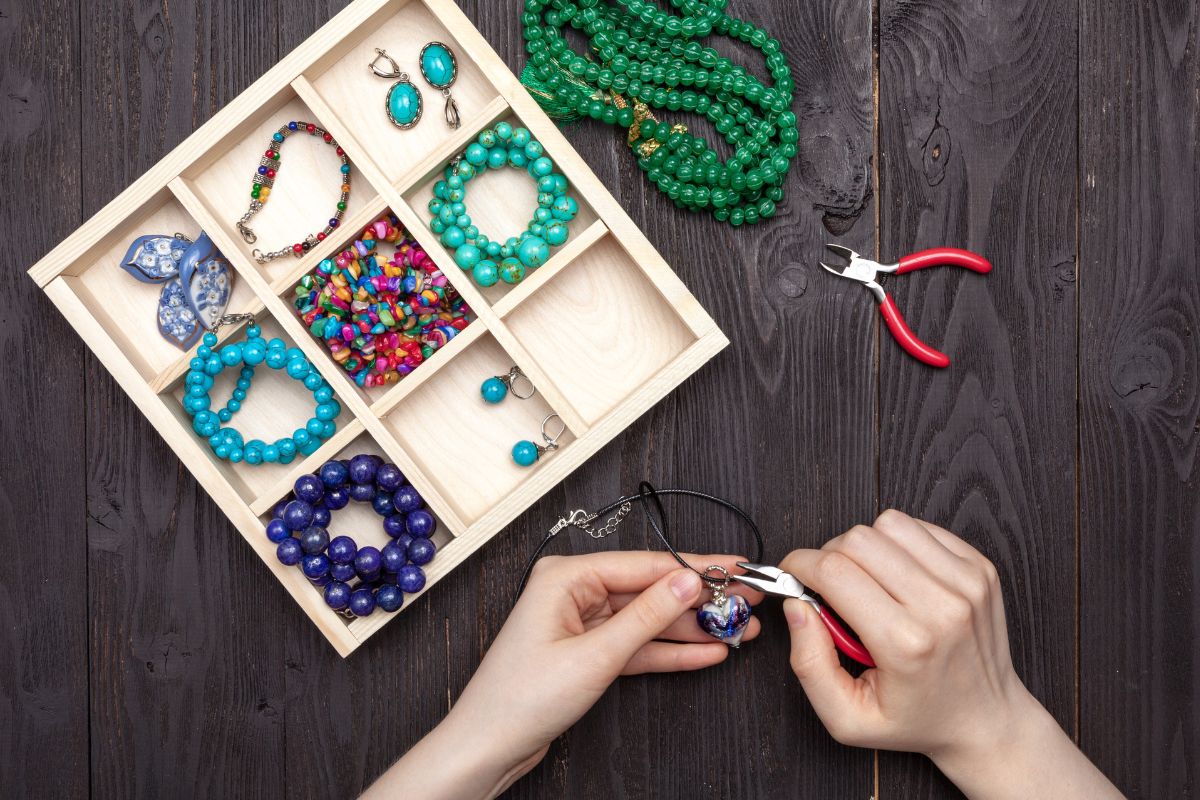
In my exploration of costume jewelry, I've found that its allure often lies in the use of diverse materials and the level of craftsmanship. This jewelry genre blends various metals, gemstone imitations, and non-metal materials to create statement pieces that are both affordable and stylish.
Base vs Precious Metals
When I consider costume jewelry, I often notice that precious metals like gold, silver, and platinum are typically replaced by more cost-effective base metals. Brass, aluminum, and nickel serve as common substitutes. Their malleability permits intricate designs, allowing them to emulate the look of more expensive jewelry:
- Brass: Often used for its golden hue, simulating gold at a fraction of the price.
- Aluminum: Lightweight and resistant to corrosion, it lends itself to modern designs.
- Nickel: Provides strength and durability, although it's less used due to potential skin allergies.
Gemstones and Imitations
The essence of costume jewelry's sparkle often comes from faux gemstones. Manufacturers frequently employ rhinestones, cubic zirconia, or faux pearls as alternatives to real gemstones. These materials mimic the appearance yet significantly reduce the cost:
- Rhinestones: Sparkling glass or crystal that offers diamond-like brilliance.
- Cubic Zirconia: A synthesized crystal that rivals the clarity and cut of real diamonds.
- Faux Pearls: Typically crafted from glass or plastic, they replicate the luster of genuine pearls.
Design houses like Dior have historically elevated costume jewelry with high-quality imitations, blurring the lines between costume and fine jewelry.
Use of Non-Metal Materials
My observations extend beyond metals and gemstones; costume jewelry has an impressive range including wood, glass, leather, plastic, and bakelite. These materials are chosen for their versatility and the distinctive textures they contribute:
- Wood and Leather: Introduce a natural, bohemian flair to pieces.
- Glass: Offers clarity and color variety, often used to craft beads and stones.
- Plastic and Bakelite: Pioneering materials in early costume jewelry, appreciated for their wide range of colors and forms.
The diverse application of these materials showcases the expansive creativity and craftsmanship within the realm of costume jewelry. The quality of construction can vary, but clever design and attention to detail often result in pieces that are both well-made and visually appealing.
Types of Costume Jewelry
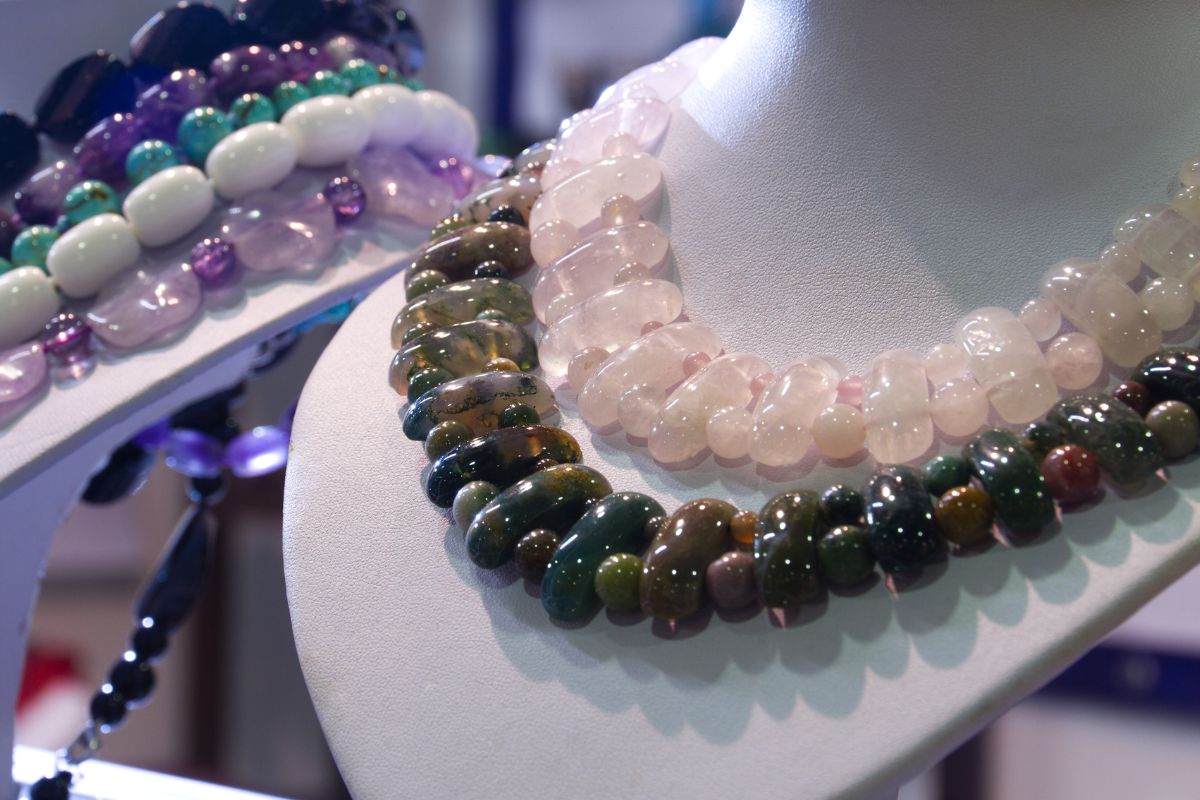
Costume jewelry offers diverse styles and trends that allow me to accessorize outfits with flair and originality. From statement necklaces to trendy bangles, the variety caters to different fashion preferences. Here, I’ll discuss some specific types of costume jewelry, focusing on their design and function as popular fashion accessories.
Types of Costume Jewelry Matching with Your Dress
Necklaces and Pendants
Necklaces and pendants are central to my jewelry collection when aiming for a noticeable visual impact. I favor statement pieces such as chunky necklaces with bold designs that serve as the focal point of an outfit. Pendants, on the other hand, can be simpler, like a charm on a delicate chain that adds a touch of elegance without overwhelming. Necklaces can range from intricate pieces with multiple layers to sleek chokers that complement a variety of necklines.
Earrings and Bracelets
Earrings are a versatile element of my jewelry assortment. From stud earrings that provide a subtle accent to large, attention-grabbing hoops or dangly earrings that swing with every movement, there's a wide range to suit any occasion. Bracelets also play a significant role. I enjoy stacking bangles for a bohemian look or sporting a charm bracelet full of whimsy. Cuff bracelets can be both bold and intricate, offering a statement piece that's both trendy and timeless.
Rings and Brooches
Rings, especially cocktail rings, are key pieces in costume jewelry that supply an immediate upscale look to my outfit. These rings often feature large, colorful stones or intricate metalwork. A brooch, though sometimes considered old-fashioned, has seen a resurgence as a trendy accessory that I can attach to a lapel, scarf, or even a bag. Brooches are an easy way to add personality and a touch of design to my attire.
Design and Aesthetics

In my examination of costume jewelry, two stand-out features bear significance: the influence of contemporary trends on designs and the opportunity for wearers to convey their personal style. These pieces often manifest the intersection of artistic expression and accessibility.
Trends and Fashion Influence
I've observed that the fashion industry significantly impacts costume jewelry designs. Modern trends cover a wide spectrum of styles, from the Art Deco influences characterized by bold geometric shapes and symmetry to the fluid, organic forms introduced by designers like Yves Saint Laurent and Balenciaga. Brands often calibrate their costume jewelry offerings to mirror these prevailing trends, ensuring that consumers can partake in the latest fashion movements without considerable expense.
Personal Expression and Style
Costume jewelry serves as a medium through which individuals express their unique personality and style. An array of designs is available to suit one's preferences, whether they lean towards sleek and modern aesthetics or elaborate and traditional ones. Pieces that incorporate different materials and colors allow me and other wearers to express ourselves through our accessories, aligning our outward appearance with our inner identity.
Vintage and Artistic Pieces
The allure of vintage jewelry continues to thrive within the costume jewelry sector. I appreciate pieces that evoke a bygone era, offering a nostalgic charm that new designs often seek to replicate. Artistic costume jewelry, often created by brands like Swarovski, showcases intricate craftsmanship that elevates it to the realm of wearable art. Whether it's the sparkle of precision-cut crystals or the unique patina of a vintage piece, artistic and vintage costume jewelry makes a statement about the wearer's appreciation for history and art.
Costume Jewelry in Modern Fashion
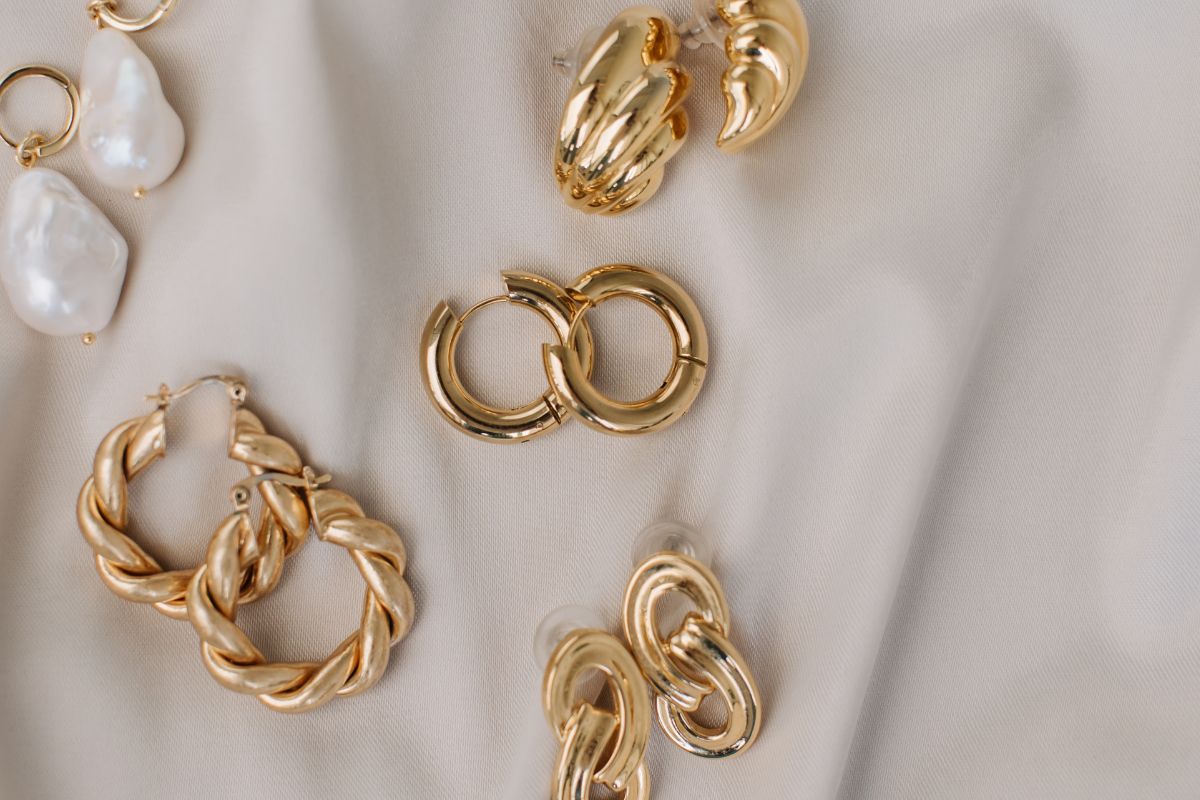
With the blending of mainstream trends and high fashion influences, I've observed that costume jewelry has become a staple in contemporary wardrobes. My insight into how iconic brands have adopted this trend and the explosion of online marketplaces has solidified costume jewelry's position in the modern fashion landscape.
Mainstream and High Fashion
I've seen that costume jewelry is no longer relegated to the corners of fashion accessories; it is now at the forefront of fashion-forward designs. Balenciaga and Dior, for instance, have seamlessly incorporated bold and distinctive costume jewelry pieces into their collections. These items are often characterized by their larger-than-life aesthetic and affordability, which make them appealing to a wide audience.
Adoption by Iconic Brands
Iconic brands have not only adopted but have also redefined costume jewelry, elevating it to a status previously reserved for fine jewelry. Schiaparelli and Chanel have been instrumental in this shift. I've watched as Schiaparelli's surrealist designs have merged art with fashion, while Chanel's legacy, grounded in Coco Chanel's love for mixing costume and fine jewelry, continues to influence modern aesthetics with its timeless appeal.
Online Marketplaces
The availability and popularity of costume jewelry have skyrocketed with the advent of online marketplaces such as Etsy. Here, I find an endless supply of fashion jewelry where both vintage and contemporary designs are accessible. The affordability of these pieces combined with the convenience of shopping online has greatly contributed to the omnipresence of costume jewelry in the wardrobes of Hollywood celebrities and everyday consumers alike.
Value and Collectibility
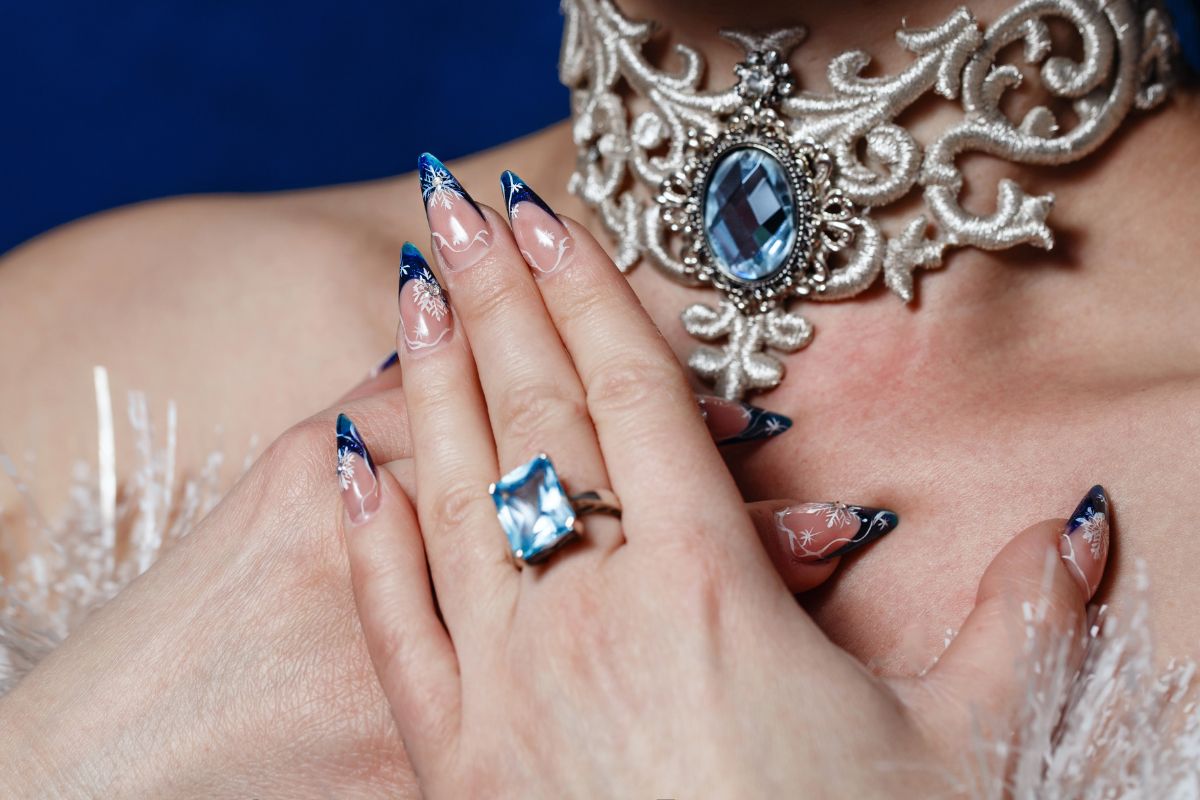
When assessing the world of costume jewelry, understanding its value and collectibility is paramount. I'll guide you through recognizing pieces with potential worth, how to maintain their condition, and where to find desirable vintage items.
Distinguishing Valuable Pieces
In my experience, costume jewelry with value often marries high-quality craftsmanship with the inclusion of genuine gemstones or semi-precious stones. Silver and other metals may also play a role in increasing a piece's worth. When examining costume jewelry, I always look for:
- Crisp and detailed designs: Indicative of higher-quality manufacturing.
- Marks of well-known brands: These often hint at a piece's pedigree and potential collectibility.
- Inclusions of precious materials: Even a hint of silver or real stones can add value.
Maintenance and Preservation
To ensure costume jewelry retains its value, I follow a careful regimen of care:
- Cleaning: Regular, gentle cleaning helps maintain luster but avoid harsh chemicals that could damage delicate faux finishes.
- Moisture avoidance: Keeping jewelry dry is critical, as moisture can lead to tarnish and decay, especially with metal components.
- Proper storage: I prefer a lined jewelry box, which offers a tidy environment free from damaging elements.
Finding and Acquiring Vintage
Locating vintage costume jewelry worth adding to a collection can be a rewarding pursuit. My preferred hunting grounds include:
- Flea markets: Where hidden gems often lurk at bargain prices.
- Specialty shops: They often curate high-quality collectibles, sometimes with a focus on specific eras or styles.
It's important to approach each piece as a potential investment; understanding its history and provenance can add to its long-term value.
Ethical and Sustainable Considerations
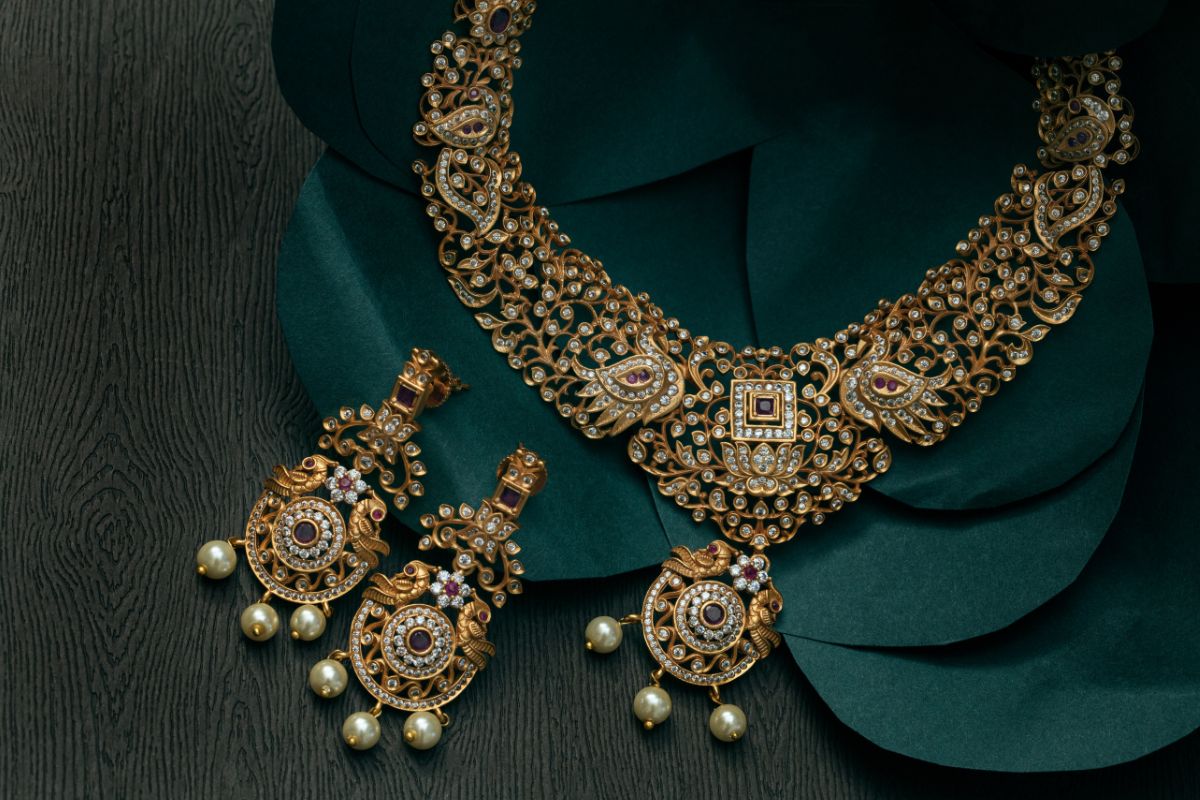
When discussing costume jewelry within the context of ethics and sustainability, I focus on how materials are sourced and the production practices involved. These two aspects are pivotal in maintaining a balance between fashion and responsibility.
Sourcing of Materials
Precious Metals: In my pursuit of ethical and sustainable jewelry, I ensure precious metals are sourced responsibly. This means the gold, silver, and platinum used in costume jewelry must often come from recycled materials or mines that adhere to strict labor and environmental standards.
List of commonly used metals and their ethical considerations:
- Gold: Should be certified by bodies like the Responsible Jewelry Council to ensure it comes from conflict-free areas.
- Silver: Often recycled, reducing the need for additional mining.
- Platinum: Sourced with respect to minimizing ecological footprint.
Precious Stones: Diamonds, sapphires, and rubies, the cornerstones of many jewelry pieces, come with their own set of challenges. I emphasize the need for these stones to be conflict-free, ensuring that their acquisition does not fund violence or violate human rights.
Precious stones sourcing checklist:
- Origin traceability
- Certification by organizations like the Kimberley Process
Production Practices
- Craftsmanship: Ethical craftsmanship for me is non-negotiable. Workers involved in creating costume jewelry deserve fair wages, safe working conditions, and respect for their skills. This includes in-house or locally outsourced artisans over cheaper, mass-production alternatives.
- Manufacturing: Sustainable manufacturing practices are essential. Adopting techniques that reduce waste, minimize water use, and curb emissions is crucial. It's not just about the end product, but about the entire process that leads to its creation.
In summarizing ethical and sustainable considerations for fashion jewelry, my analysis is rooted in the commitment to environmentally friendly practices and the well-being of all individuals involved. It's about infusing principles that respect both people and the planet into every piece of jewelry.
Frequently Asked Questions
In this section, I'll address some of the most common queries regarding costume jewelry including detection methods, materials, comparison with fine jewelry, value, uses, and types.
How can you identify costume jewelry?
I can typically recognize costume jewelry by looking for marks indicating the absence of precious metals, such as "925" for sterling silver. Additionally, the construction quality, use of non-precious stones, and lighter weight can be indicative.
What materials are commonly used in the making of costume jewelry?
Common materials for costume jewelry include inexpensive metals like brass and stainless steel, and adornments of glass, plastic, and synthetic stones.
What distinguishes fine jewelry from costume jewelry?
Fine jewelry is crafted from precious materials like gold, platinum, and genuine gemstones, whereas costume jewelry is made with less costly substances. The craftsmanship in fine jewelry also tends to be more meticulous.
Can costume jewelry have any significant value?
Some vintage pieces by notable brands or designers, or those with exceptional craftsmanship, can be valuable, especially if they are rare or part of a collectible series.
What are the intended uses for costume jewelry?
Costume jewelry is designed for fashion and adornment, often to complement a particular outfit or style without the high expense associated with fine jewelry.
In what ways does costume jewelry vary by type?
The variation in costume jewelry ranges from daily wear pieces and replicas of fine jewelry to thematic items designed for specific events or fashion eras.
Checkout some of our top collections:
Leave a comment
Please note, comments must be approved before they are published.

